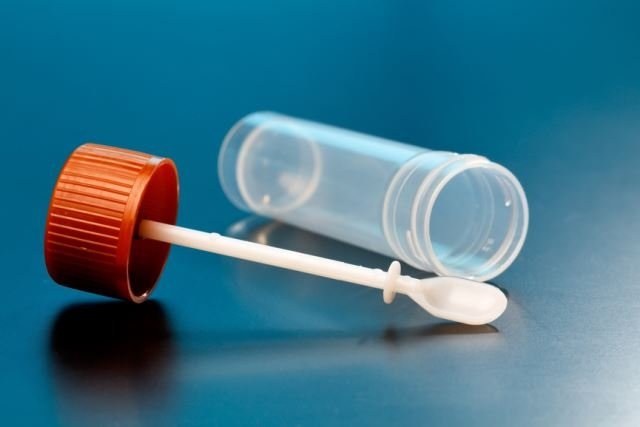Microscopic examination
If you consult to the doctor-infektsionist, you will likely be asked to donate stool for microscopy – laboratory study of feces under the microscope to identify larvae in it and fragments of parasites. The accuracy of this method is low (12-20%) and depends on the sensitivity of the microscope, as well as the professionalism of the technician. By microscopic examination of feces is impossible to determine the presence of internal parasites such as Trichinella or Toxocara.
Diagnostics of polymer chain reaction (PCR diagnostics)
PCR diagnostics is a molecular diagnostics method, which involves measurement of the concentration of nucleic acid fragments (DNA) in the patient's blood. This method allows to diagnose the infection of the patient protozoa, viruses and intracellular parasites, it is thoroughly tested in clinical conditions and has stood the test of time. A significant disadvantage of this method is the impossibility of determining the number of parasites in the body of the patient.
Enzyme-linked immunosorbent assay (ELISA)
ELISA diagnostics is used to determine antigens and antibodies in the blood of a patient infected with parasites. The accuracy of this method reaches 90%, its level depends on the degree of destruction of the body by worms, and at what stage of the life cycle are parasites. The method allows not only to establish the fact of helminth infections, identify parasite species and the extent of their distribution in the body, but also gives the ability to track the dynamics of the process.
Vegetative resonance testing (VRT)
Art is a unique method of computer diagnostics, which allows to identify worms in humans the frequency of electromagnetic oscillations. With the help of art reveal not only progressive helminth infection, but also any changes in organs and tissues related to the presence of parasites before you see the clinical manifestations. This method is the most comfortable and most reliable.
Clinical and instrumental diagnostics (KID)
KID includes ultrasonography (us), computed tomography (CT), magnetic resonance imaging (MRI), nuclear magnetic resonance (NMR). The accuracy of these methods depends on the subjective factor and the correct interpretation of the results. If the laboratory does not have sufficient experience for diagnosis, the reliability of the results is greatly reduced.
Other methods
For the diagnosis of tissue helminthiasis, acute or lichinochnoj phase worm infestation are other methods of research. The most common serological methods related to the study of the patient's blood are reactions of indirect hemagglutination, latex agglutination, complement binding, and immunofluorescence.
If a confirmed diagnosis that you have worms, you should not self-medicate. It is better to consult a doctor, infectious disease doctor, who will pick up the necessary drugs against parasites in accordance with your diagnosis, age and individual characteristics.
